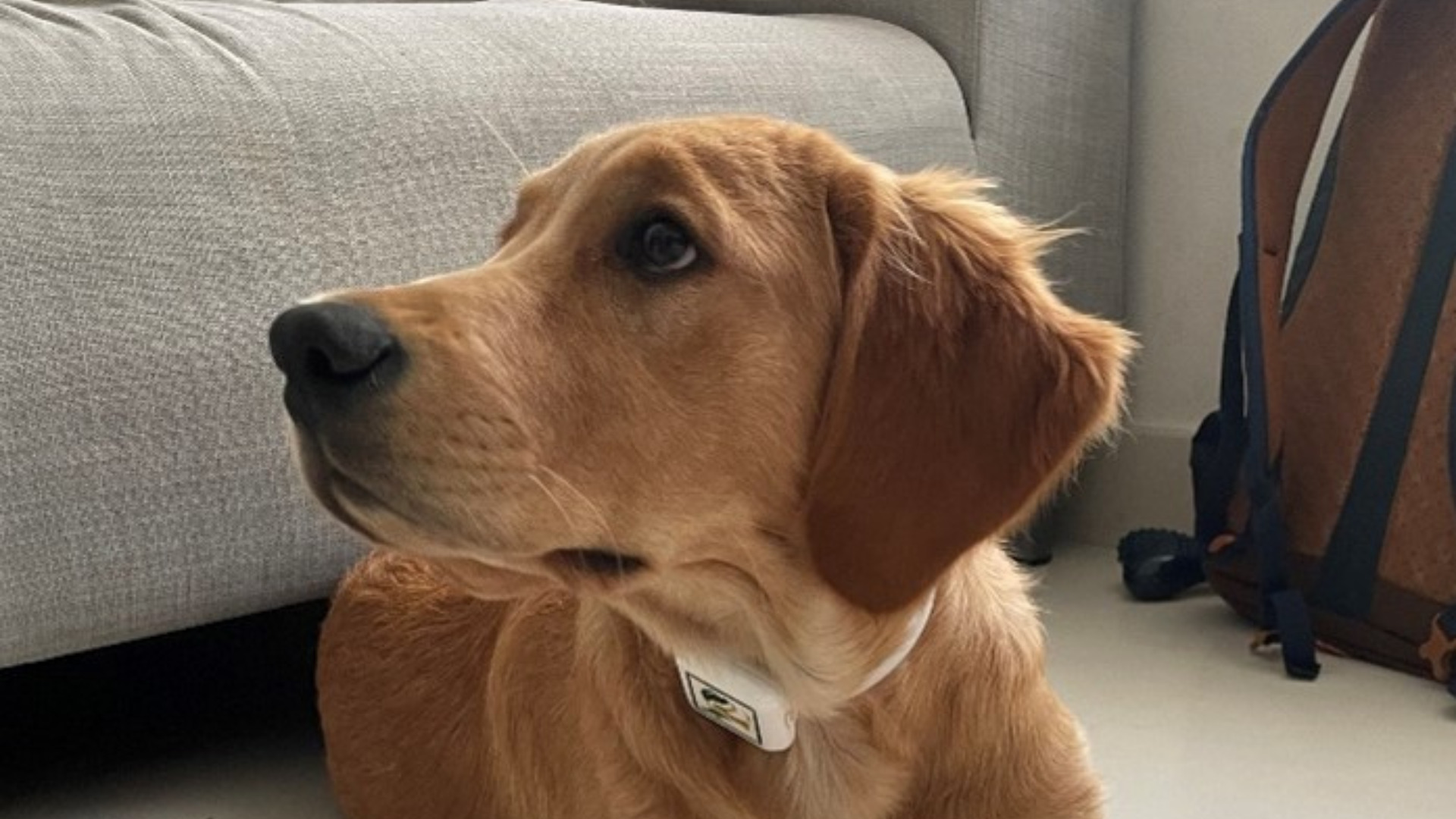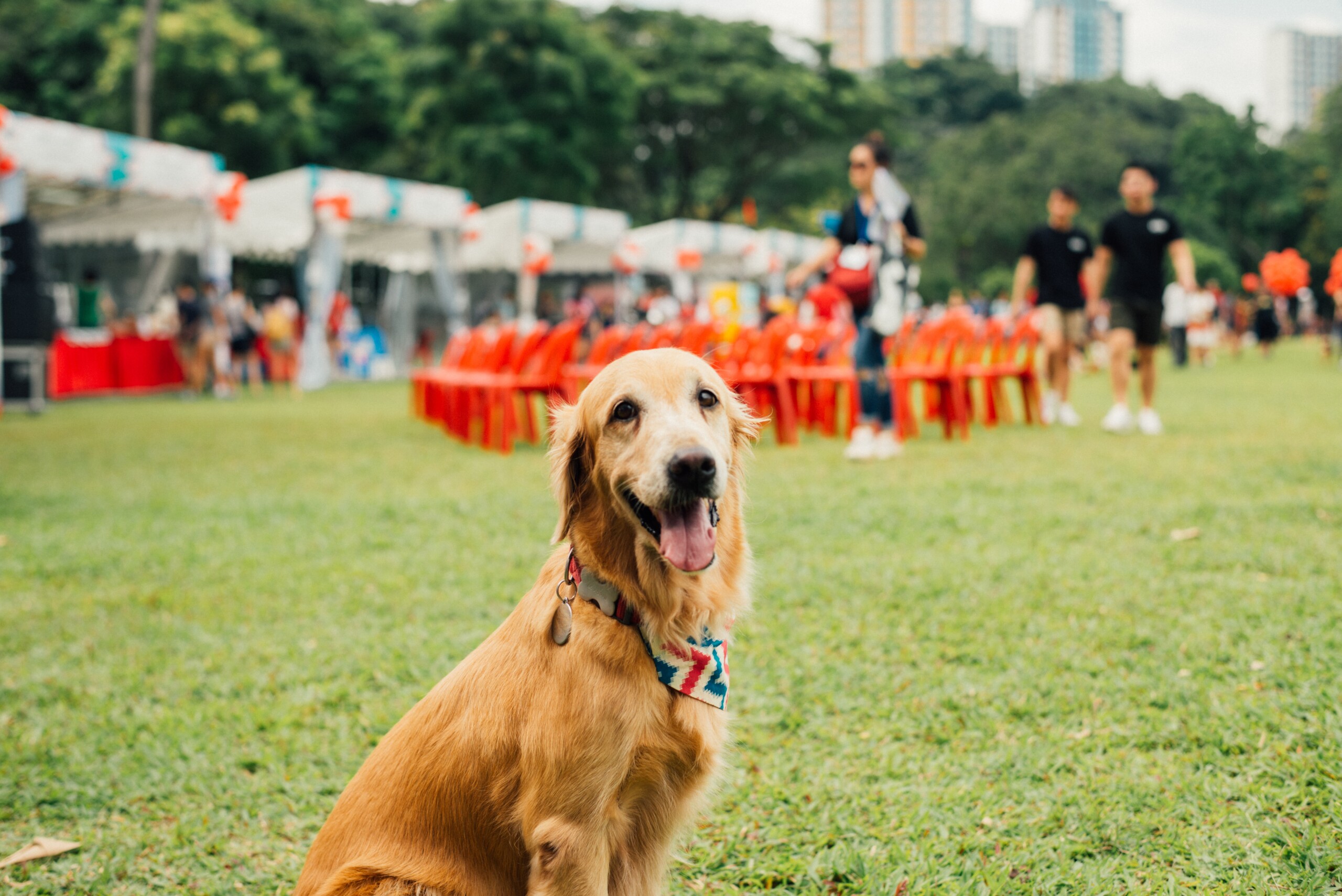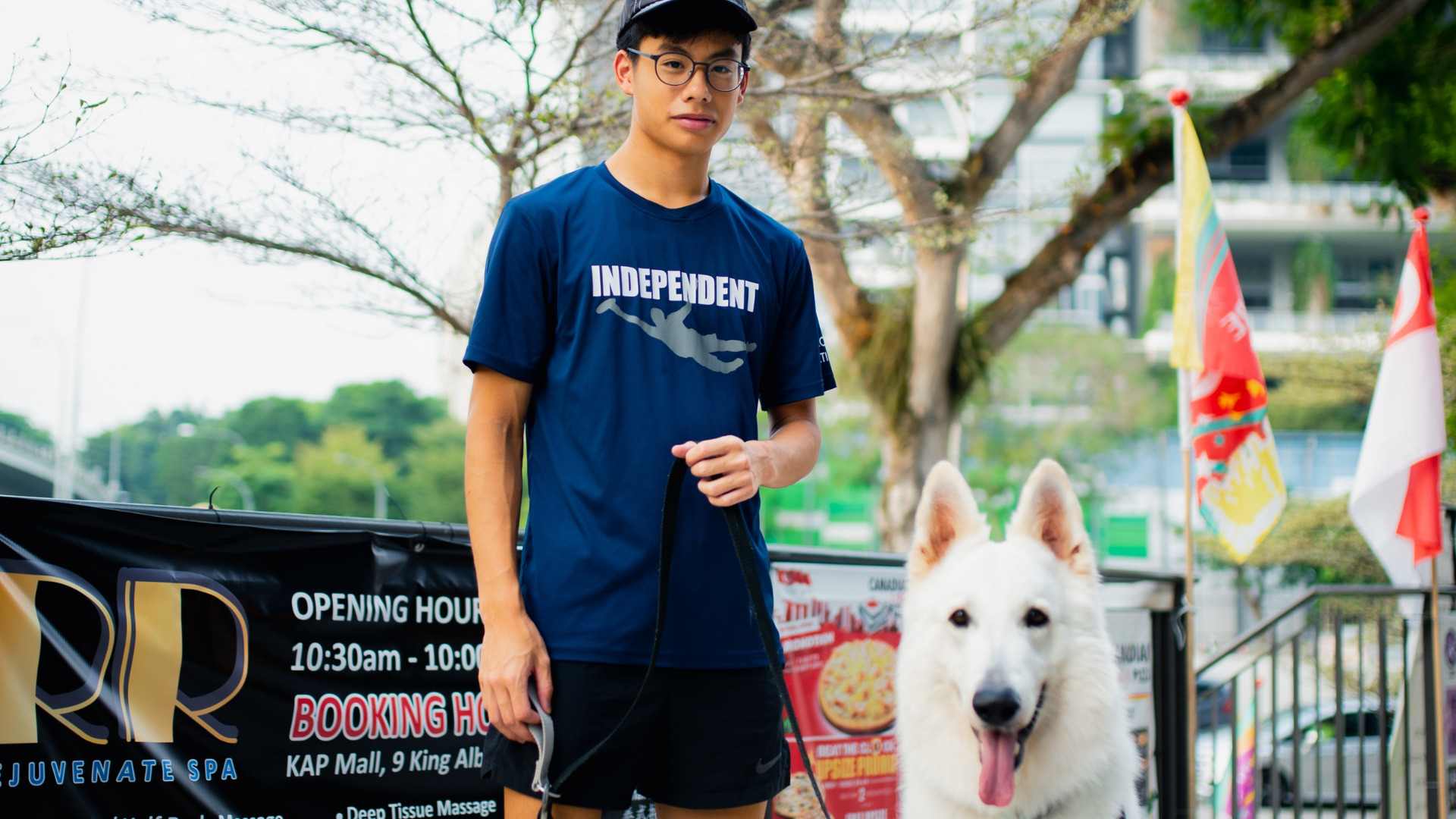Singapore has implemented strict measures to maintain its rabies-free status. Dogs imported from lower rabies-risk countries are allowed to stay at the home of their owners during the quarantine. The Veterinary Services use radio frequency technology to monitor dogs, it has had great impacts on animal welfare.
Singapore has been in rabies-free status since 1953. Since the disease is endemic in the region, Singapore has implemented strict regulatory measures to mitigate the risk of rabies incursion by proceeding with pre-import and border controls. Pet dogs and cats entering to Singapore must fulfil several conditions before their arrival and may endure a post-arrival quarantine depending on the rabies situation of exporting countries.
To know whether an animal needs to undergo quarantine. Exporting countries are assessed and categorised into groups, based on the level of risk of rabies in their animal populations. Depending on the country of origin, animals may be quarantined for 10 to 30 days on arrival at AVS’ Animal Quarantine Centre (AQC) where they are cared for and monitored daily for signs of disease. If the animals come from countries or regions free from rabies, quarantine is not required.
Dog in Bishan-Ang Mo Kio Park, Singapore
Animals imported from countries with lower risk of animal diseases are now allowed to stay at the home of their owners instead of at the quarantine facility. This initiative started at the end of 2021 with the objective to improve animal welfare and enhance animal health. In practice, animals carry a smart collar tag to ensure they stay at the designated quarantine premises. The smart collar tag uses radiofrequency technology and triggers alerts when quarantine animals leave the home premises. It allows the owner to comply with home quarantine rules and reduce disease exposure risk. It also allows more pets with medical needs to serve quarantine at home without compromising biosecurity and public health. As a result, animals are not separated from their owners and can be monitored closely. This policy has significant impacts on animal welfare.
Owning a dog has become increasingly popular, pets are sometimes considered “part of the family”. As a result, more and more animals are imported to Singapore.
A dog and its owner in King Albert Park, Singapore
The population has steadily increased over the last few years. The Veterinary Services estimate that there are approximately 88,000 pet dogs in Singapore.
Pet owners have shared their positive experiences using the smart collar tags for home quarantine of their pets. Relocating to a new country is a stressful event for pet animals, and home quarantine reduces stress on these animals, being in the care of their owners upon arrival in Singapore, while still safeguarding Singapore’s biosecurity.
AVS continues to leverage the use of technology and is developing a central information system for animal health that will integrate animal health data from multiple sources, to enhance the bio surveillance and biosecurity systems in Singapore. These digital initiatives will be progressively rolled out from 2024.



